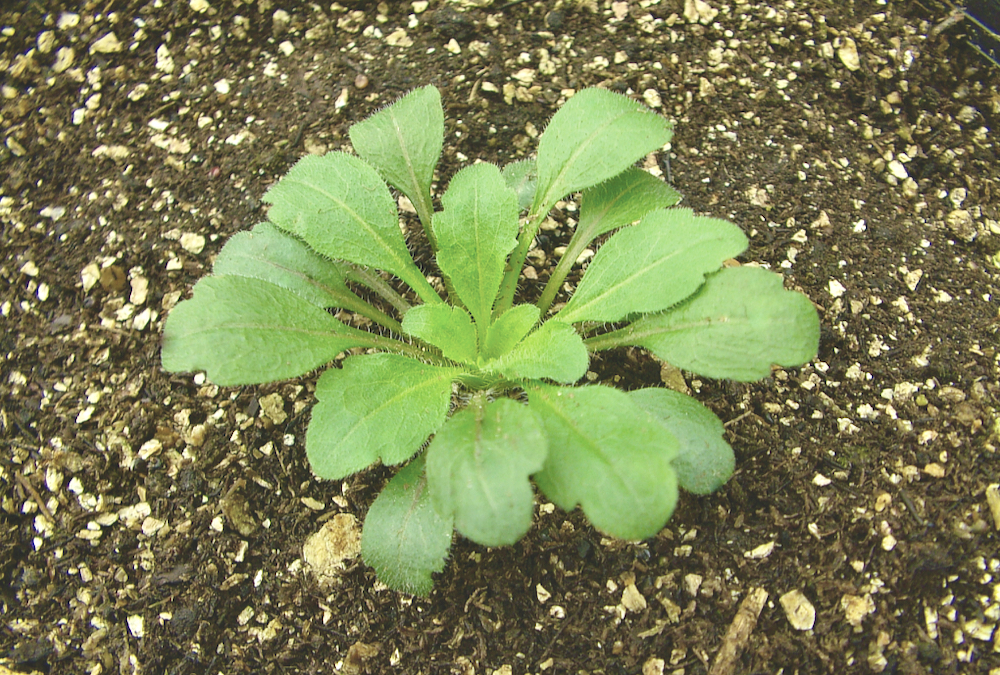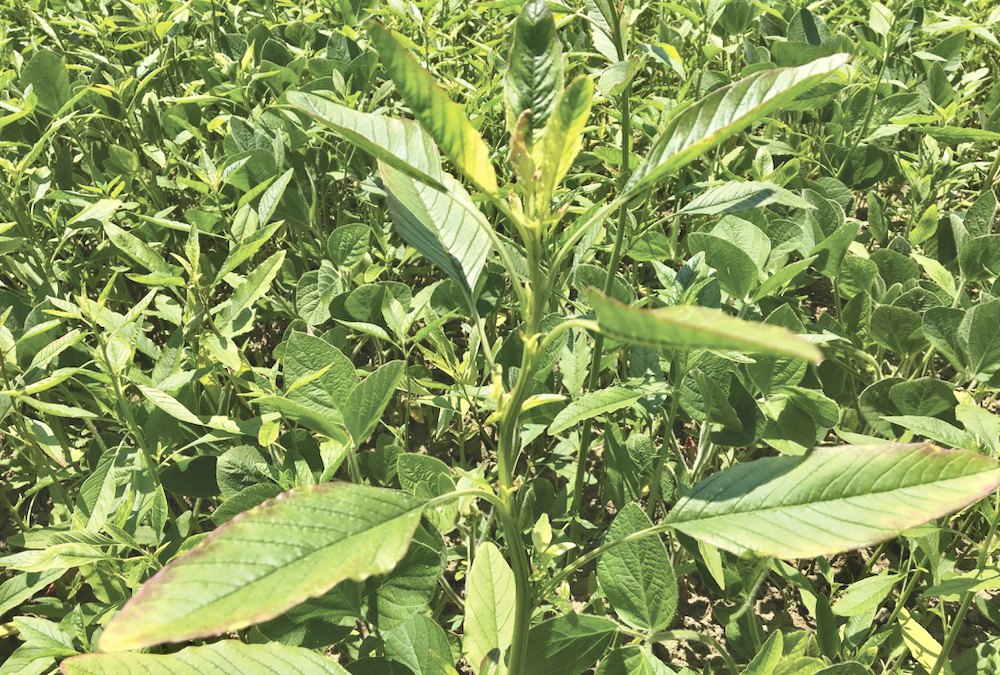Are Canada fleabane or waterhemp consistent or growing problems on your farm? If so, it might be time to change the approach to chemical controls, according to field crop and weed expert Peter Sikkema.
Even if the two species are not an immediate concern, adopting a longer-term, more multi-faceted approach to weed management could help keep these challenging pests at bay.
Why it matters: Multiple herbicide group resistance in problem weeds is an accelerating problem. Proactive herbicide use and planning are necessary.
Read Also

Packer buys Green Giant, Le Sieur veg brands from U.S. owner
A Quebec-based processor’s deal to buy the Green Giant and Le Sieur packaged and frozen vegetable brands in Canada from a U.S. owner clarifies the status of two popular retail brands grown by Canadian farmers.
Sikkema, a University of Guelph professor at the Ridgetown campus, emphasized this position during the 2023 Ontario Agricultural Conference. Speaking Jan. 4, he stressed the tenuous position of Ontario growers regarding waterhemp and Canada fleabane, two highly competitive weeds that have developed, and continue to develop, resistance to an array of herbicide groups.
Herbicides are not the only methods growers can use to kill problem weeds or reduce weed seed populations. Cover crops, tillage, good rotation and even combine-mounted seed crushers can play a role. Because herbicides remain the critical tool, however, Sikkema highlighted approaches and product combinations that Ontario growers can use to hedge their bets.
[RELATED] How to keep soybeans weed-free
Managing Canada fleabane, Group 2 and 9 resistant
Herbicide resistant fleabane is considered the top weed issue in Ontario. Populations resistant to herbicide Groups 2 and 9 have established from Essex County to the Quebec border and likely beyond.
On the positive side, a number of herbicides control fleabane in corn. Pre-emergence combinations of Acuron and Flexi, for example, provide 91 per cent control.

Others like Calisto, plus Atrazine and Integrity, reach 96 and 99 per cent control, respectively. Older herbicides like Pardner bring 90 per cent control in post-emergent applications. Sikkema said there are many options to achieve “commercially acceptable control” of fleabane.
Soybeans, on the other hand, present a greater challenge.
“The first rule of thumb in managing fleabane in soybeans – if you’re growing (identity preserved or Roundup Ready) soybeans, the bottom line is to avoid trying to control it with post-emergence herbicides since they largely do not work. You have to have it controlled before soybeans come out of the ground,” said Sikkema.
Eragon plus glyphosate in a pre-emergence application is, in his experience, the best starting point for achieving good control, though it’s not a magic bullet. Results can vary even under tightly controlled experimental conditions.
“We did 90 trials where we had Roundup plus Eragon… In 58 per cent of trials, the control was 90 to 100 per cent… What’s really disappointing is, in nine per cent, the control was between 80 to 89,” he said. The lowest control rate was six per cent.
Sikkema said there are many reasons for variability — time of day for application, size of the fleabane plants, and variability in biotypes within the weed species. He recommends growers add a third component.
“I think the best one to add to Eragon is metribuzin… You can buy it in all sorts of different trade names.”
For Xtend soybeans, Sikkema said Dicamba works well if mixed with Eragon or Integrity. Metribuzin should not be part of the formulation because it can reduce the control from Dicamba. As well, the potential for off-target movement of the herbicide should be taken seriously.
For Enlist soybeans, Group 4 herbicides such as Enlist Duo and Elevore brought good results. Chemical control of fleabane in winter wheat is another option, and with many near equivalent options available, Sikkema suggests using the cheapest one, provided the same product is not used repeatedly.
“Aggressive tillage can be effective at fleabane control … but just like herbicides, tillage can be variable. We’ve done trials where we’ve done three passes with the cultivator, and fleabane will feather its way through the cultivator,” he said.
Cover crops have also proven valuable for early season fleabane suppression, he added.
Wrangling waterhemp
The first glyphosate-resistant waterhemp populations in Ontario were found in 2014. Just eight seasons later, plants with multiple resistance grow from Essex County to Stormont, Dundas and Glengarry. In some areas, the species has developed resistance to herbicides in Groups 2, 5, 9, 14, and 27, eliminating 80 per cent of herbicide options.
Herbicide-induced selection aside, waterhemp’s province-wide conquest can be attributed to its competitiveness, full-season emergence and ability to thrive in reduced-tillage fields.
“This plant starts coming up in May and comes up all summer long. Therefore you need a herbicide program that provides long control,” said Sikkema.
Pre-emergence applications of Acuron now provide the best control. A related product, Acuron Flexi, shows less control at 76 per cent because it does not contain Atrazine.
Post-emergence application is challenging. Sikkema said all post-emergence products are Group 27, so plants resistant to that group are a problem, but Laudis plus Atrazine still works well.
In soybeans, research data suggest Fierce is the most effective waterhemp herbicide with 90 per cent control. However, it’s also hardest on the crop.
“You as the grower have to choose whether weed control is more important or crop safety,” Sikkema said. “I think you have to have a two-pass program… The disappointing thing is we now have Group 14 resistance.
“I think every farmer in the winter, if you have this weed, you should plan to use a two-pass program. Use your best soil-applied herbicide, and plan to come back post-emergence if needed.













